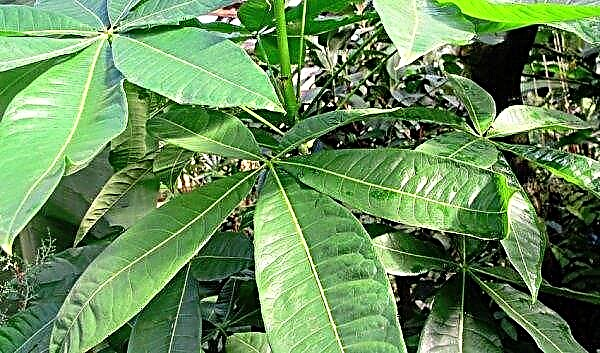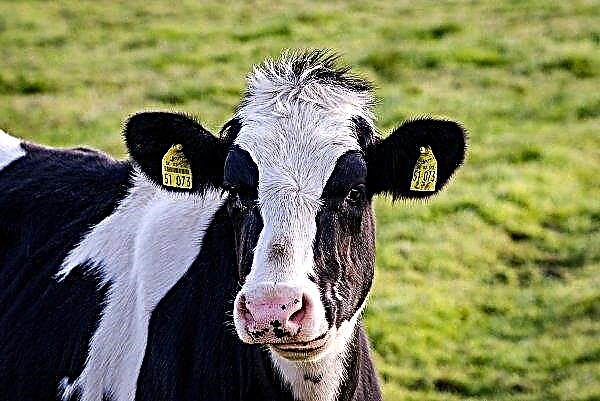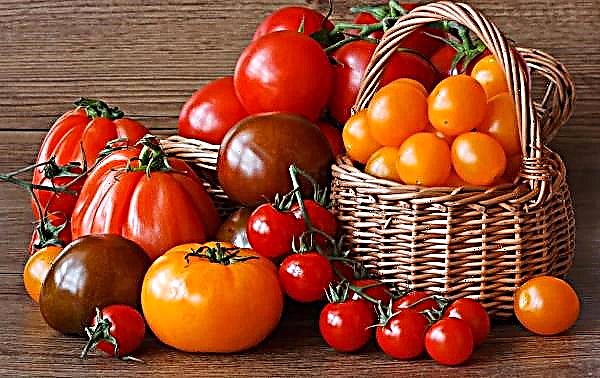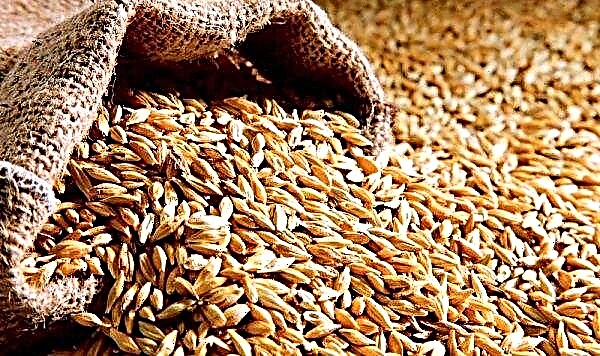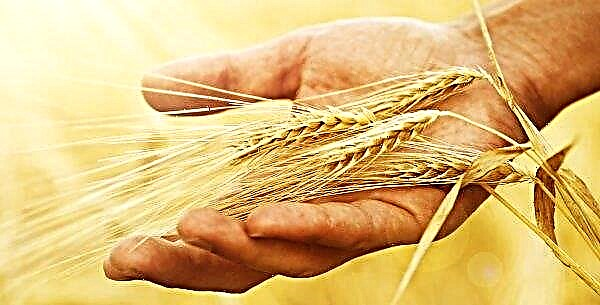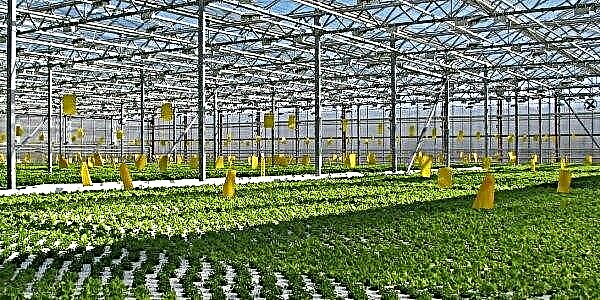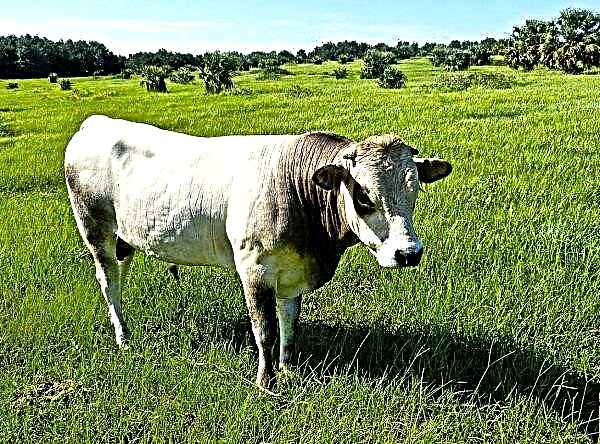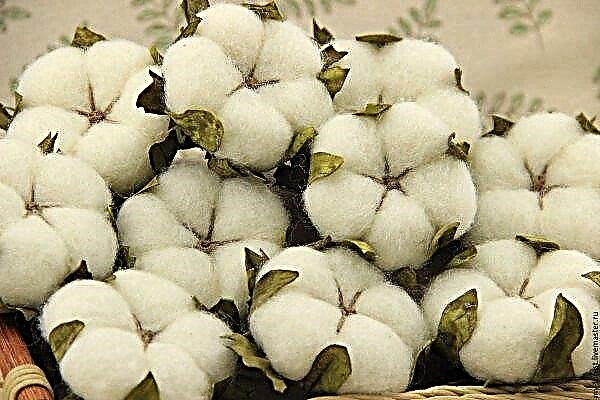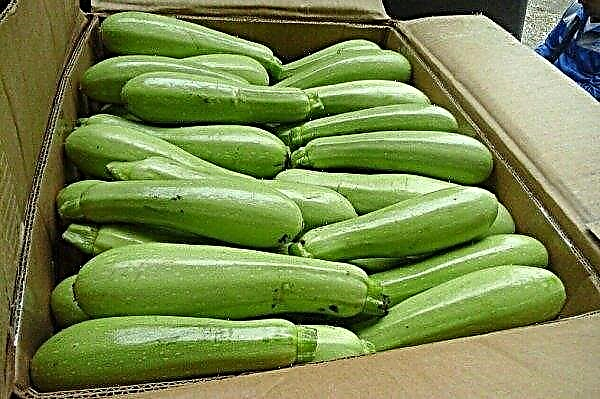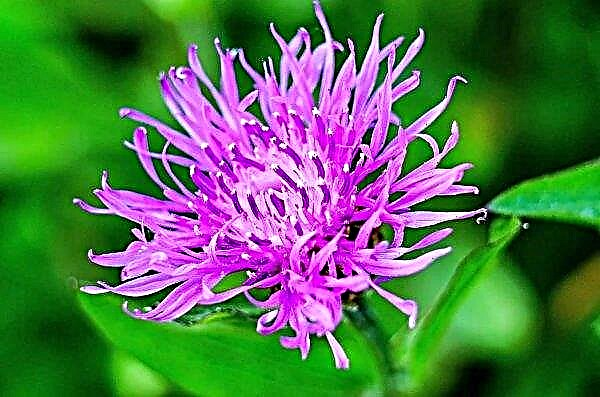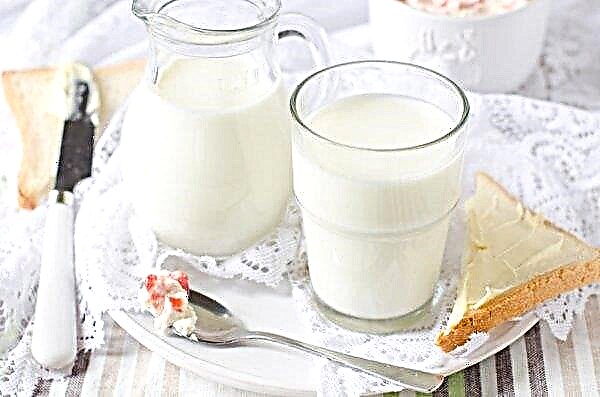Not everyone considers russula to be a good mushroom to eat, for example, in Germany they bypass it. Which species of the family are edible, which are not, how to distinguish them about this later in the article.
Biological description
In total, more than 270 species of russula have been studied and described; about 70 of them are found in our forests. All specimens have the same structure, differing only in leg height, diameter and color of the cap.
So, russula is as follows:
- hat in young mushrooms in the form of a ball or bell, it straightens as it grows, sometimes becomes flat with a depression in the center, rarely, but it is convex in adult specimens. White or yellow shades, sometimes fused with a leg, easily break;
- skin on the surface it can be dull and with gloss, dry and mucous, sometimes with cracks, with a straight or torn edge. Most often, it is easily removed, the exception of a variety of preloads;
- leg in the form of a cylinder it is tightly packed, it can be hollow, thick, it can taper towards the bottom, it is white or repeats the color of the hat;
- flesh edible mushrooms do not darken on cut, dense, fleshy, has a pleasant aroma and taste. In inedible fruits, it changes color on the cut, is bitter or has a pungent taste, odorless or smells unpleasant.
Did you know? Some fungi have phosphorescent properties, i.e., glow in the dark. It would seem that absolutely useless quality is successfully used by landscape designers.
Types of Edible Russula
Almost all edible specimens have some bitterness so that it is not felt, the mushrooms are soaked in water or milk.
The list of delicious russula with a brief description:
- green - the top of the fruiting body is blue-green, pale green, the plates are white, yellowish in the recess, the bottom of the body is white, the smell is pleasant;

- black, black and white- the color is gray-black, white-gray, gray-olive, dark olive, the leg is thick at the cut and painted with a pale pink tone;
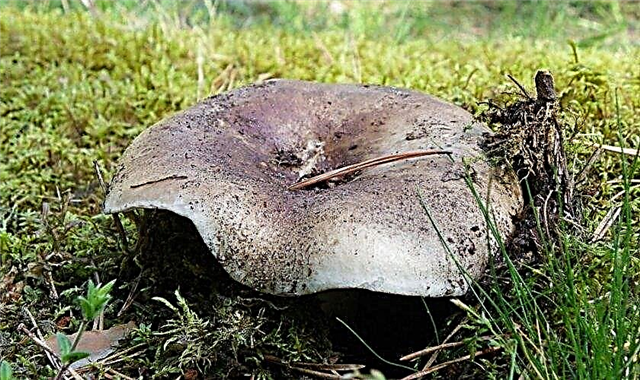
- yellow russula - the color corresponds to the name, the shape of the hat is flat with a recess in the middle, the plate and leg are in white, it has a sweet taste;

- russula blue - the color is dark purple, can cast dark lilac, the pulp is dense granular, the aroma of mushroom;
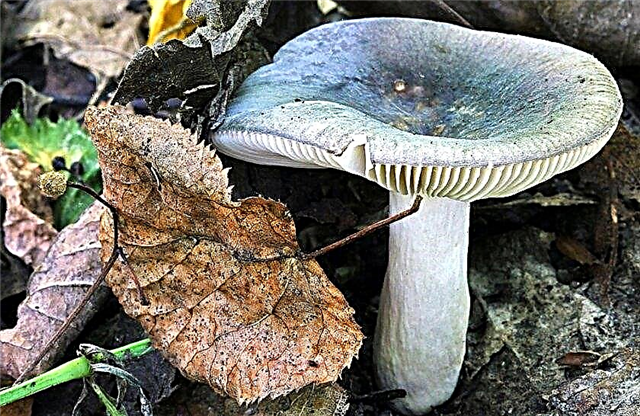
- like or leathery - the hat is red with a brown tint, red-violet, the pulp is dense, slightly harsh, the white leg below can be light pink;
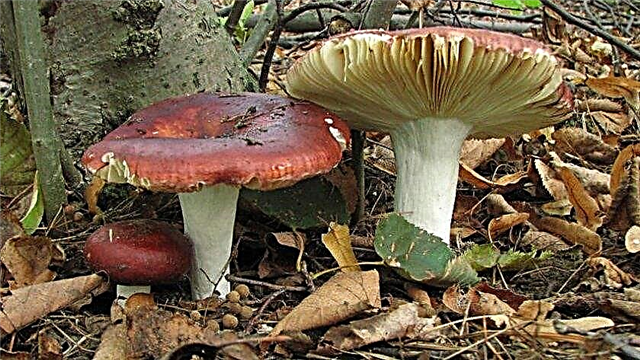
- amethyst - the color light purple may be mixed with brown, gray, the skin glistens sticky to the touch;

- food - a dark purple hue or brown-brown with a splash of gray, the taste has a sharpness, aroma of almonds;

- russula variegated - dark green, pressed in the center, odorless, with a pleasant sweetish taste;

- golden - the main background of the hat is orange-red, in the center depression it is bright yellow, it smells of fruit;
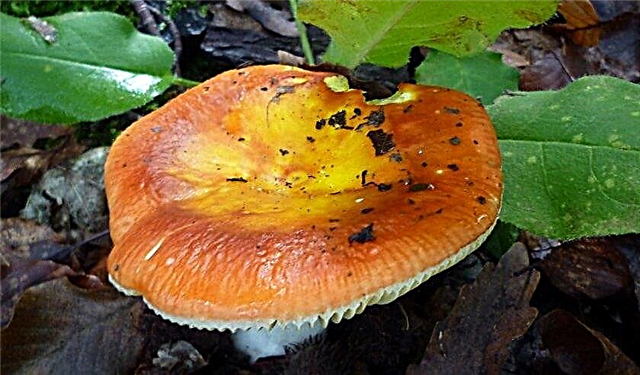
- brown - the hat is dark brown with a dark olive center, smells like salty fish;

- blue yellow - It is painted blue-violet with yellow stains, has a pleasant nutty flavor;
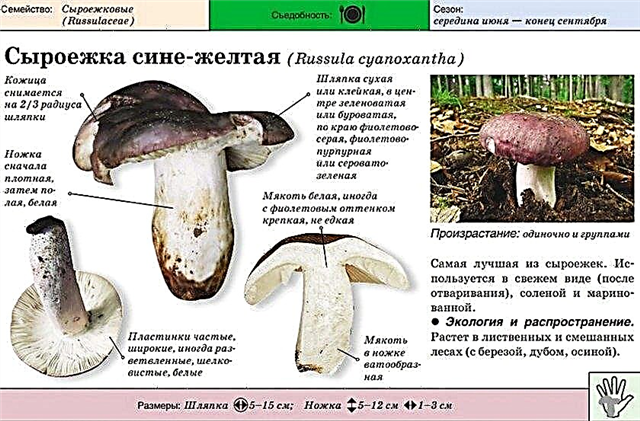
- olive - the main color of dark green olives, there are spots of orange-red or ocher hue;
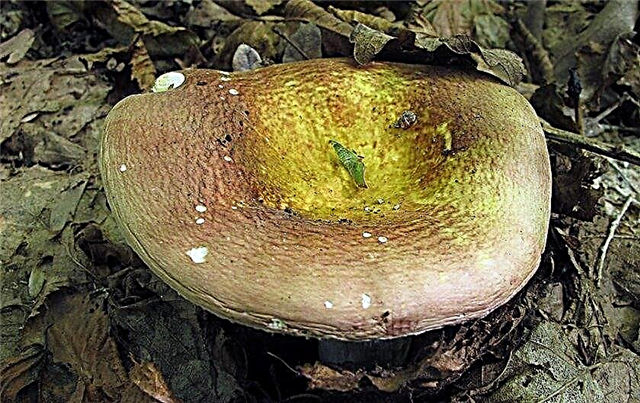
- greenish - the hat is olive-green with a blue tint, the taste is sweetish;
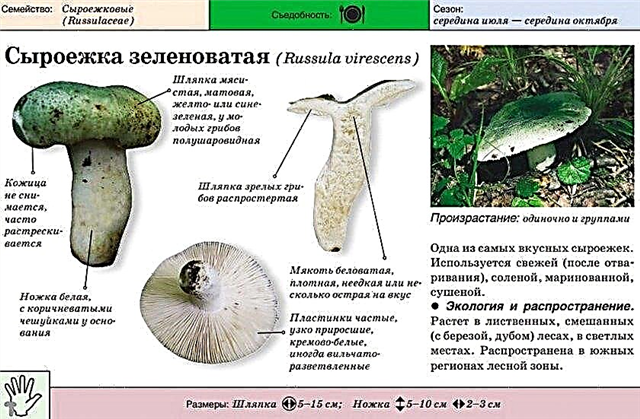
- marsh - dark red, brown-red, white leg with a pinkish tint, elastic flesh is valued in pickling.
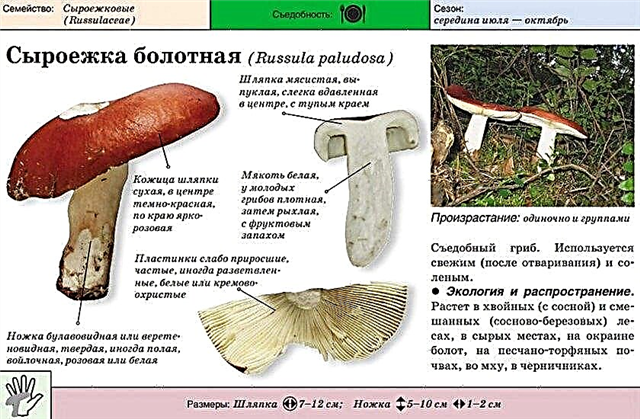
Beneficial features
Russula collected in ecologically clean places contain vitamins and minerals, as well as other substances useful to the body.
- Regular eating, has a beneficial effect on many systems and organs:
- Strengthens blood vessels and heart muscle, normalizes blood cholesterol, helps to produce hemoglobin.
- Regulates the balance of substances and metabolic processes - water-salt, protein, carbohydrate, acid.
- Improves metabolism, helps cleanse the intestines.
- Normalizes blood pressure, heart rate.
- Favorably affects the central nervous system and the brain - regulates the transmission of nerve impulses, improves memory, activates concentration. Relieves stress and anxiety, eliminates insomnia.
- Maintains the condition of the mucous membranes of the whole body, including the eyes, improves visual function.
- Strengthens the immune system, activates the production of antibodies.
- Improves the process of cell regeneration, respiration of cells and tissues.
- Supports the cleansing function of the liver, helps the body restore damaged cells.
- Promotes a healthy look of skin, hair, slows down the aging process.
- It supplies the body with the necessary energy.
- Helps maintain a healthy hormonal background, reproductive function, and endocrine system function.

Inedible Doubles
There are no frankly poisonous mushrooms in the russula family, there are toxic specimens and conditionally edible, which, if improperly prepared, may well cause poisoning. Inedible fruits do not have pronounced differences from specimens eaten. They appear at the same time and in the same places as edible russula, they have an identical structure of the fruiting body. To protect yourself from poisoning, you need to collect only those mushrooms that you know well "in person."
Did you know? The stone sharpens not only a drop of water, but also a mushroom cap. The pressure of the turgor reaches strength capable of breaching a gap in a marble slab as it grows.
Inedible Species List:
- russula mayra - the hat is red-pink, the skin is poorly separated, the flesh under it is pink;
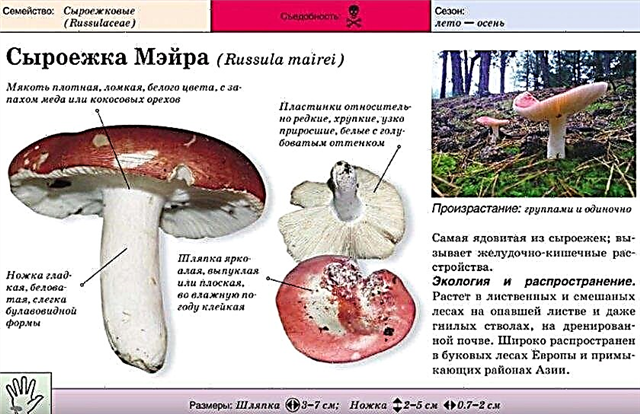
- pungent - the color is red, very bright, the so-called acidic, has a caustic-unpleasant odor;

- wavy - maroon, dark red, the dented center is almost black, the aroma is pungent;
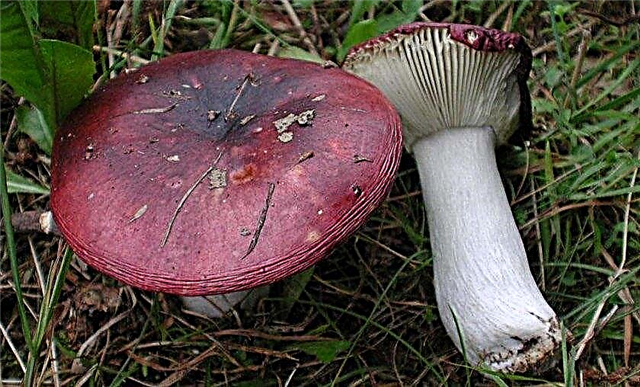
- russula kele - purple, purple-violet, the edges are uneven, rise up, the flesh turns yellow on the cut;
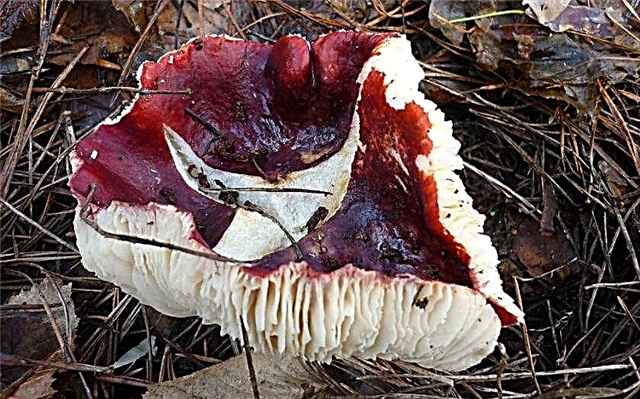
- false load - dirty pink hat, flesh yellow-red, secretes milky juice;

- blood red - the hat is dark red bright, the leg is pink.
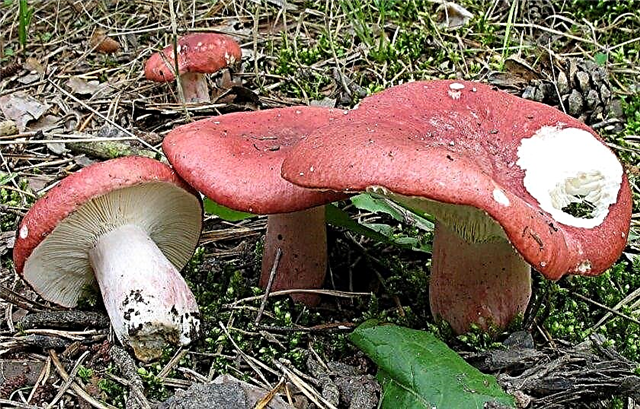
Visually poisonous mushrooms can be identified by a disproportionately thin leg, an unpleasant odor, a sheath under a hat, and often fused plates. In addition, worms and other insects, slugs never touch a toxic product.
Important! Two types of russula - green and greenish are very similar to the poisonous mushroom pale grebe. You can distinguish a toadstool from an edible fetus by the leg, thin with respect to the size of the hat, and a double film ring.
Some dangerous mushrooms similar to young Russula on a domed hat have a sharp top. A good, edible mushroom does not have a filmy Volvo at the base, like most poisonous specimens. If you move the foliage and soil near the basal part, you can see that the bottom seems to grow out of the pot.
Contraindications and limitations
Since the fruit body of russula contains protein, it is not recommended to eat such a product for people with individual intolerance to protein compounds.
- You can not eat russula in case of exacerbation of organ diseases:
- Gastrointestinal tract;
- kidney
- the liver.
Symptoms of poisoning and first aid
The problem of identifying possible poisoning is that the symptoms do not appear immediately, but after a few hours, sometimes days. The body is gradually exposed to toxins.
With poisoning, there are sensations:
- nausea;
- vomiting
- headache;
- heaviness and pain in the stomach;
- sweating
- the appearance of shortness of breath;
- lacrimation and dry mucous membranes;
- accelerated heartbeat;
- hallucinations, convulsions and delirium are possible.
One of the physical signs, without obvious pain, may be staining of urine in red. Toxins destroy the protective membrane of red blood cells. In any case, the identification of symptoms, you need to call qualified medical help.
Important! It is not advisable to include mushrooms in the diet for nursing mothers and children under 10 years of age; food is considered heavy, poorly absorbed by the children's body.
Before the arrival of the doctors, the following actions are carried out:
- The victim is given to drink at least a liter of warm water with potassium permanganate, if not, you can dilute a little table salt. The main thing is to induce vomiting and empty the stomach until the water extracted with spasms is clear.
- Give any sorbent.
- Lay the patient and wrap warmly, it is advisable to put a heating pad on the lower limbs.
- Giving a lot of drink: tea without sugar, water, mineral water without gas.
Russula is a tasty and healthy mushroom, but it needs to be able to cook and distinguish from grebes. Remember, even an edible specimen can be harmful if it was collected in an environmentally disadvantaged area.





















